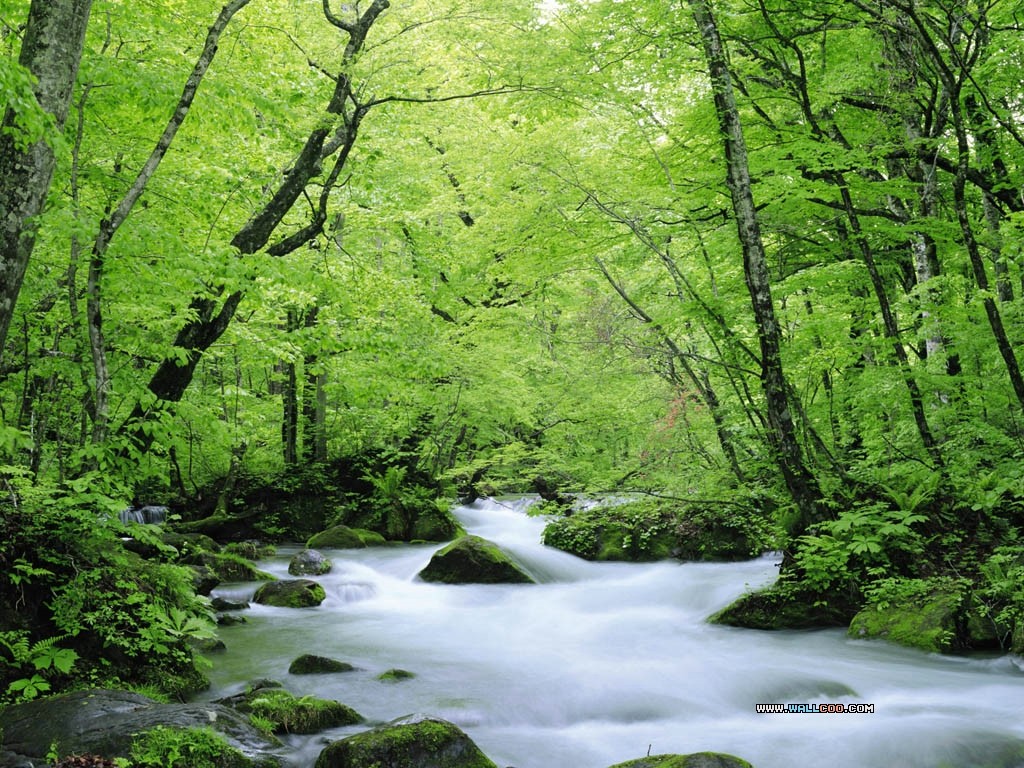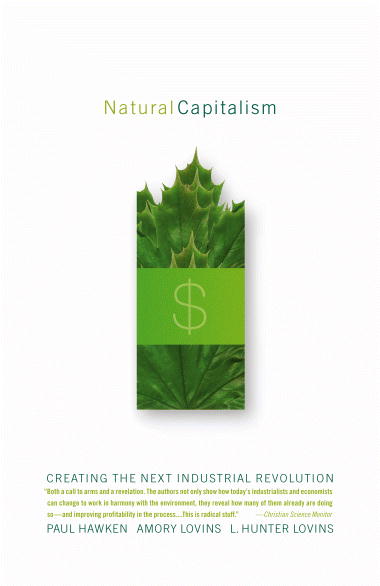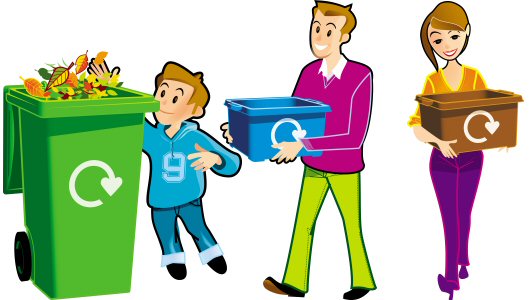We’ve all seen the commercials trying to sell washers and dryers to us, but lately the commercials all have one thing in common: Energy Star.
What is Energy Star?
- Energy Star is a joint program of the U.S. Environmental Agency and the U.S. Department of Energy
- Goal is to help Americans save money and protect the environment through energy efficient practices and appliances
- Americans helped save $17 million and reduce greenhouse emission of 30 million cars in 2009 with the help of Energy Star.
- Energy Star produces appliances like washers, dryers, refrigerators to light fixtures, water heaters and much more.
Although the government may have created Energy Star, before researching this topic I had no idea it was associated with the government. So how is the word being put out there about this program? One word: Advertisements
Who is Advertising?
- Sears
- Lowes
- Maytag
- General Electric
- Whirlpool
The advertisements are hitting the airways hard, mostly with commercials. The commercials advertise lower energy and water bills. The appliances are bigger and more efficient and usually tend to be directed towards families. These commercials are effective because in this economy, everyone is trying to save their pennies. Name brands are teeming up with Energy Star to offer their customers savings. Energy Star is also making headlines in the newspapers. Energy Star appliances are recommended in helping make homes more green by the Oregonian and The Washington Post. The New York Times explains why it pays to be green.
Why should You buy Energy Star Appliances?
- Save money on energy and water bills, not to mention a tax rebate
- Help reduce your carbon footprint and reduce greenhouse emissions
- Better suited for your lifestyle (bigger size, etc.)
- Stylish stainless steal appliances with the Energy Star logo may help increase home value
So take a closer look at those advertisements next time. Are the advertisements going green to just make more green or do they stand behind the ideas? It’s a win-win either way.










